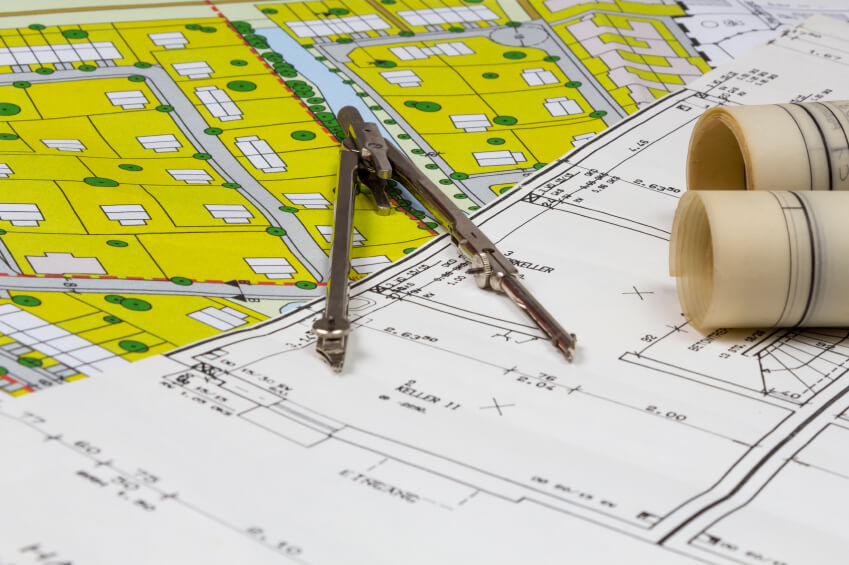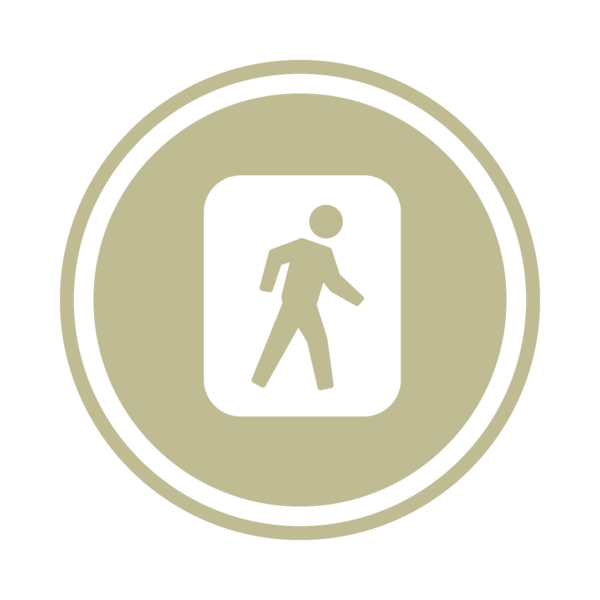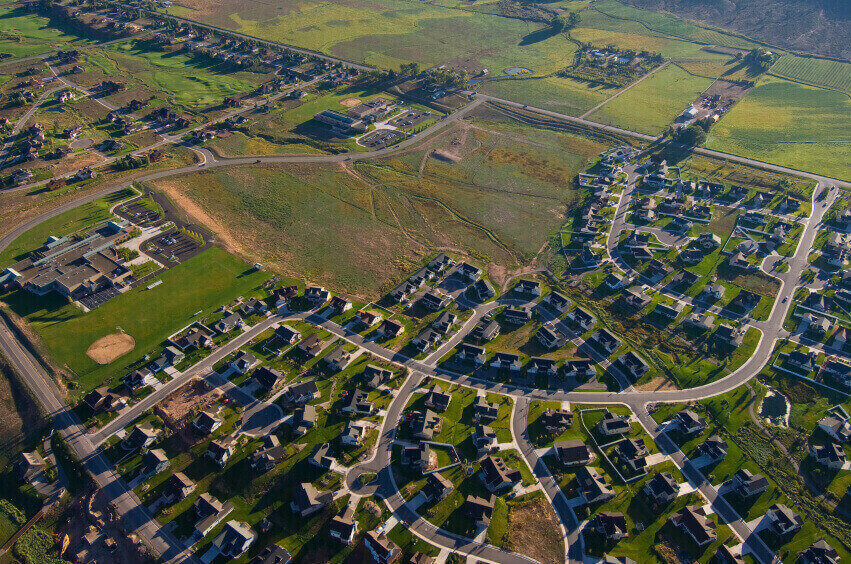No products in the cart.
LEED for Urban Planners: Why You Should Get Accredited
Urban planners develop long- and short-term plans for the use of land and the growth and revitalization of urban, suburban, and rural communities. LEED also addresses these concepts, which is why the relationship of LEED for Urban Planners is so useful.
In addition, urban planners work with architects, engineers, landscape architects, and political leaders to achieve strategic, policy, and sustainability goals and to alleviate any social, economic, and environmental challenges. They specialize in research and analysis, strategic thinking, architecture, urban design, public consultation, policy recommendations, implementation and management.

LEED Certification & Community Development
LEED Certification is generally a label for structures that have been designed, constructed, and maintained using a series of recommended strategies that lead to optimum energy efficiency and sustainability.
To earn a LEED Certification label, a structure must:
- Align with a rating system, or building category, such as Building Design & Construction
- Incorporate a variety of sustainable features on a building-wide level
- Earn points for each sustainable feature
Energy efficiency in buildings has been an easy sell for building owners, stakeholders, and consumers, but the urban landscape can also contribute to energy savings and health. Communities that value walkability and access to nearby amenities offer a lessened need for car trips and result in reduced carbon dioxide emissions. This is where the LEED Neighborhood Development rating system comes into play.
The rating system most relevant to urban planners is LEED Neighborhood Development (LEED ND). Unlike the other four rating systems that focus heavily on a specific building or structure, LEED ND looks beyond the scale of buildings to consider entire communities. Just as urban planners do, LEED ND aims to create better, well-connected neighborhoods. It is one of the first standards to recognize and appreciate the value of urban planning and design.
LEED ND Certification awards communities for having effectively planned for green construction, energy efficiency, storm water management, mass transit, and urban agriculture.


Urban planners have long run into the same setbacks as landscape architects, whereby the quick solution to meet a project’s budget has been to cut out trees and other external qualities. Under LEED ND, project teams are challenged to make urban planning more of a priority. Urban planners are invited to the table earlier and play an integral role in leading LEED ND projects.
Unlike other LEED Certification projects that focus exclusively on the characteristics of a particular structure, LEED ND relies on surrounding environmental factors. Thus, the need for proficient planning and design is key.
How Do Urban Planners Contribute to LEED Certification?
Urban planners must, inherently, be focused on the issues of future generations and human impact on the environment, so their interests align strongly with those of LEED.
The LEED Certification standards aim to protect and improve the environment through the creation of modern and energy-independent urban space.
With their specialty in strategic thinking, urban planners carry a unique skill set for marrying new construction and economic development with effective and protective sustainability characteristics.
Urban planners can contribute to LEED ND projects in the following areas:
- Habitat restoration
- Street connectivity and walkability
- Transportation systems and mass transit access
- Zoning and regulatory issues
As a key player in economic development, urban planners are charged with presenting sensible and attractive ideas to policymakers. With knowledge of LEED, an urban planner can devise strategies to incentivize developers and landowners to use LEED ND as a progressive certification and marketable tool.
In 2002, the city council in Normal, IL required public and private buildings in Uptown to be LEED Certified. Since then, town planners have worked on several LEED ND projects. Uptown Normal later won a $22 million grant from the federal government to help pay for its transit center. The town planner believes a third-party validation of the neighborhood may have helped Normal win the grant.
In locations with prospective LEED ND projects, it’s important for urban planners to understand the requirements of LEED ND so that they can reconcile those thresholds with local building codes and city mandates. A LEED-accredited urban planner can balance the needs of the community with best practice LEED principles.

Which LEED Credential Does an Urban Planner Need?
The first step for all LEED candidates is to pass the LEED Green Associate exam. At this level, professionals gain a broad overview of the LEED Rating Systems and the requirements therein to earn a LEED Certification label.
After earning the LEED Green Associate designation, professionals may choose to upgrade to a LEED AP with a Specialty. The five available specialties align with the five LEED rating systems so that professionals can demonstrate proficiency with a specific building type.
In this case, an urban planner may choose to upgrade to a LEED AP with a specialty in Neighborhood Development. There is a natural overlap between the work of urban planners and the skills required to earn a LEED Certification in Neighborhood Development.
In addition, an urban planner with a LEED AP ND credential can earn a free point on a LEED ND project that they are working on. This is one of the benefits of earning a LEED AP Specialty credential. Since LEED Certification is based on points earned, this could be an easy and convenient way of pushing a project to the next tier of certification.
To learn more about how YOU can gain LEED knowledge, give us a call at (800) 460-2575 or enroll in our popular LEED Green Associate Exam Prep course.
